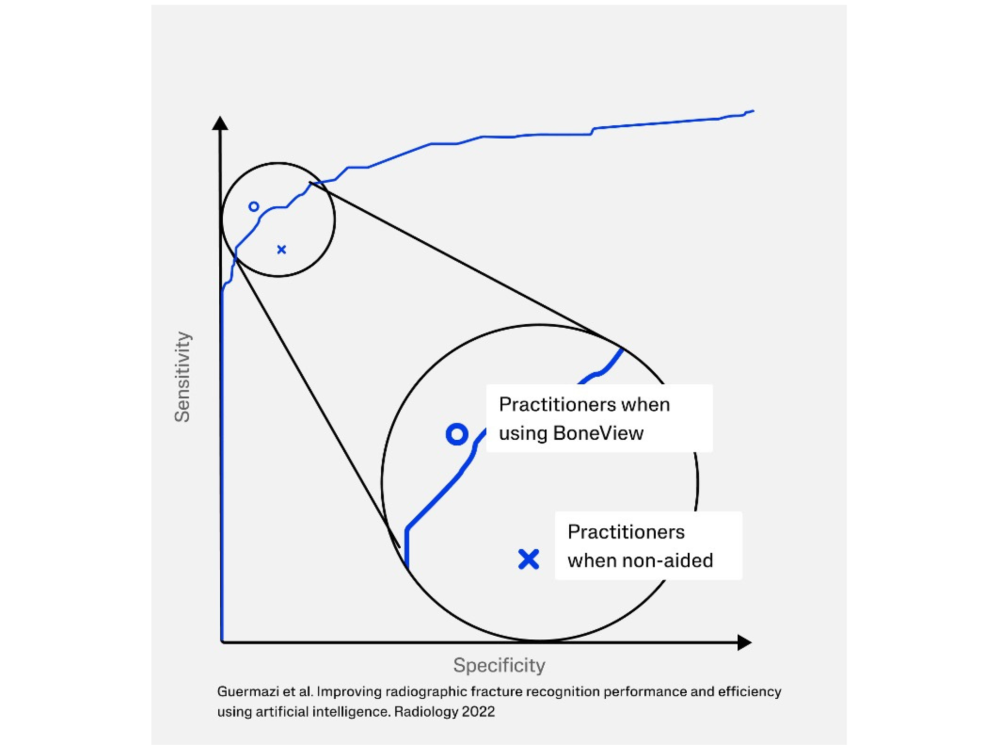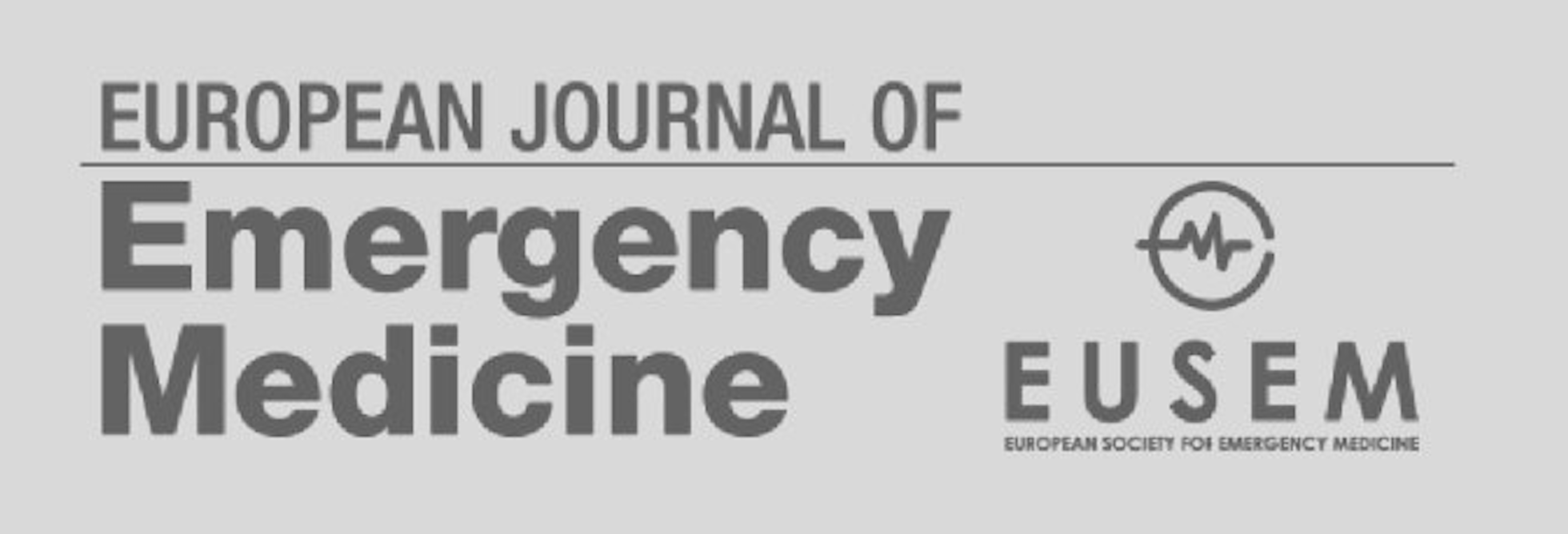Assessment of an AI Aid in Detection of Adult Appendicular Skeletal Fractures by Emergency Physicians and Radiologists: A Multicenter Cross-sectional Diagnostic Study
Background
The interpretation of radiographs suffers from an ever-increasing workload in emergency and radiology departments, while missed fractures represent up to 80% of diagnostic errors in the emergency department.
Purpose
To assess the performance of an artificial intelligence (AI) system designed to aid radiologists and emergency physicians in the detection and localization of appendicular skeletal fractures.
Materials and Methods
The AI system was previously trained on 60 170 radiographs obtained in patients with trauma. The radiographs were randomly split into 70% training, 10% validation, and 20% test sets.
Between 2016 and 2018, 600 adult patients in whom multiview radiographs had been obtained after a recent trauma, with or without one or more fractures of shoulder, arm, hand, pelvis, leg, and foot, were retrospectively included from 17 French medical centers. Radiographs with quality precluding human interpretation or containing only obvious fractures were excluded. Six radiologists and six emergency physicians were asked to detect and localize fractures with (n = 300) and fractures without (n = 300) the aid of software highlighting boxes around AI-detected fractures.
Aided and unaided sensitivity, specificity, and reading times were compared by means of paired Student t tests after averaging of performances of each reader.
Results
A total of 600 patients (mean age ± standard deviation, 57 years ± 22; 358 women) were included. The AI aid improved the sensitivity of physicians by 8.7% (95% CI: 3.1, 14.2; P = .003 for superiority) and the specificity by 4.1% (95% CI: 0.5, 7.7; P < .001 for noninferiority) and reduced the average number of false-positive fractures per patient by 41.9% (95% CI: 12.8, 61.3; P = .02) in patients without fractures and the mean reading time by 15.0% (95% CI: –30.4, 3.8; P = .12). Finally, stand-alone performance of a newer release of the AI system was greater than that of all unaided readers, including skeletal expert radiologists, with an area under the receiver operating characteristic curve of 0.94 (95% CI: 0.92, 0.96).

Conclusion
The artificial intelligence aid provided a gain of sensitivity (8.7% increase) and specificity (4.1% increase) without loss of reading speed.



